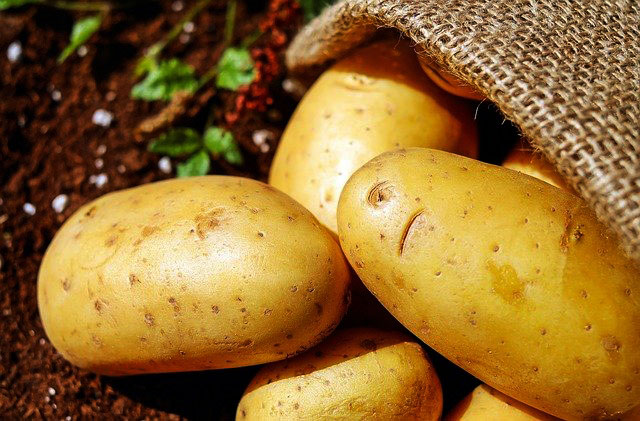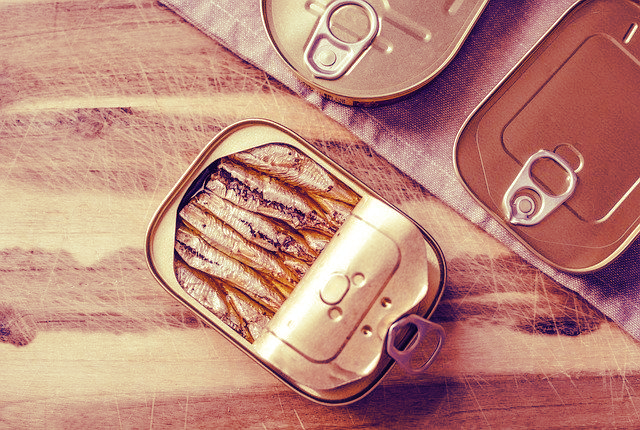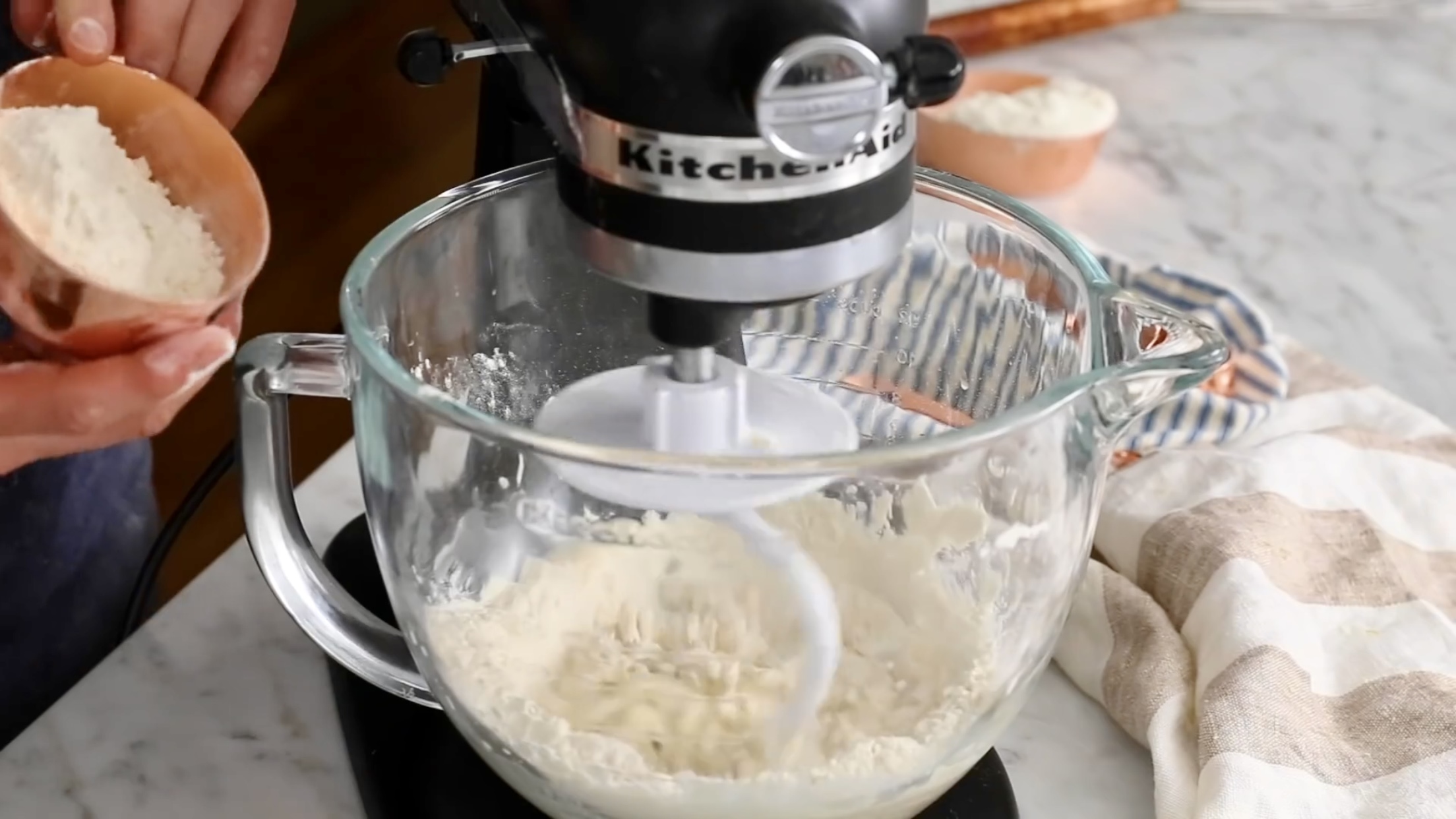The problem with cornstarch is that it doesn't stand up very well to acid, and pineapple has plenty. In making a lemon or pineapple pie filling, the lemon or pineapple are added after the cornstarch has thickened the rest of the filling, because cornstarch apparently has the resolve to stand up to acid once it has been cooked. Add the cornstarch directly to the pineapple in a pan, and it may not thicken the mix at all when you heat it. (You were going to heat it, right? Cornstarch only thickens things once it reaches the boiling point.)
A better choice would be tapioca flour, also known as cassava flour, which is not generally the thickener of choice when preparing fruit pie fillings, but which is not affected by acid.
If you don't have a bag of tapioca flour cluttering up your cupboards — and recognizing that tomorrow is baking day — you might try to create an alternate filling, based on a thin sugar syrup and thickened with cornstarch, perhaps, to which you can then add your drained pineapple. Adding the juice at that point would probably just be too much moisture for the filling and subsequently the cake.
You'll want to use between 1 and 3 tablespoons of cornstarch for a 20-ounce can of fruit. And you'll want to add tapioca flour to your shopping list so you have it on hand for future emergencies like baking day.

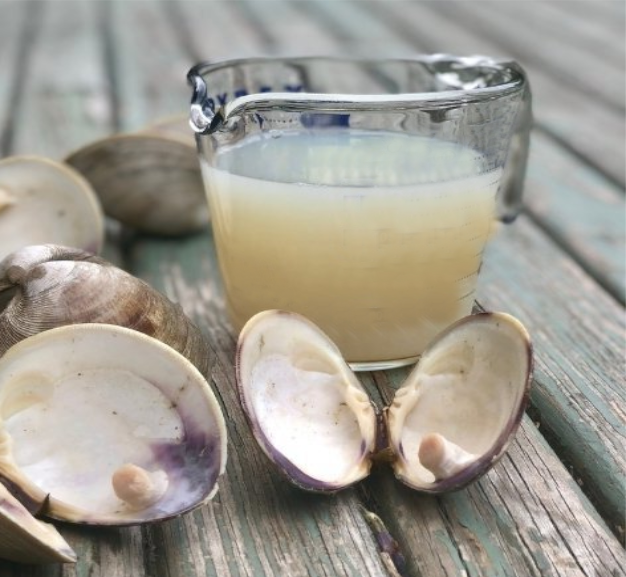


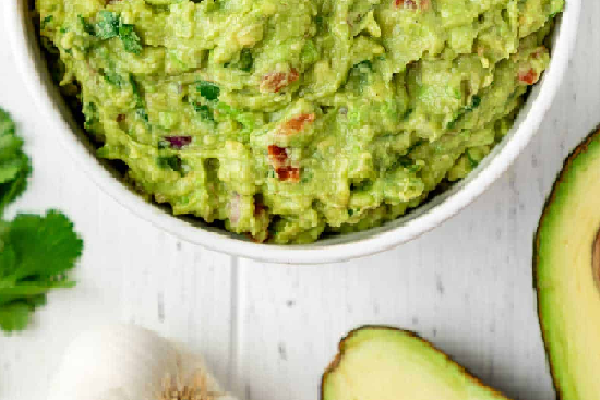



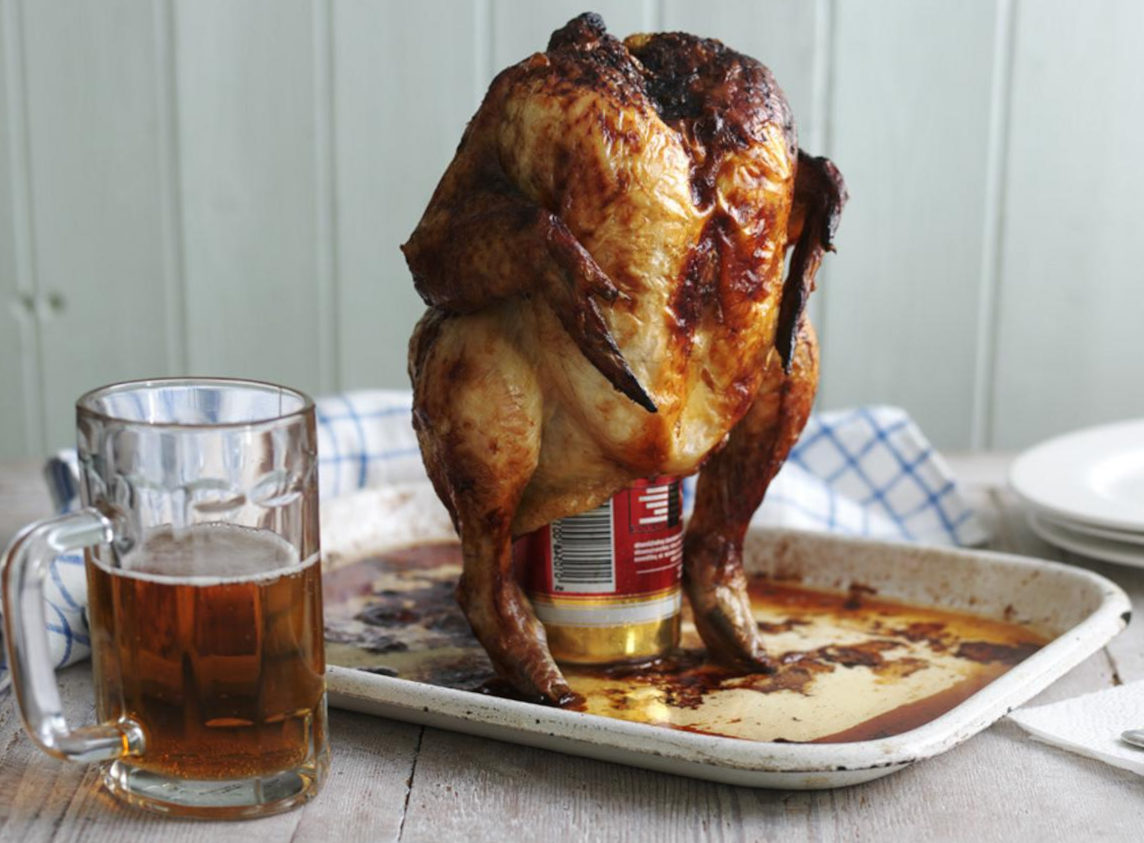
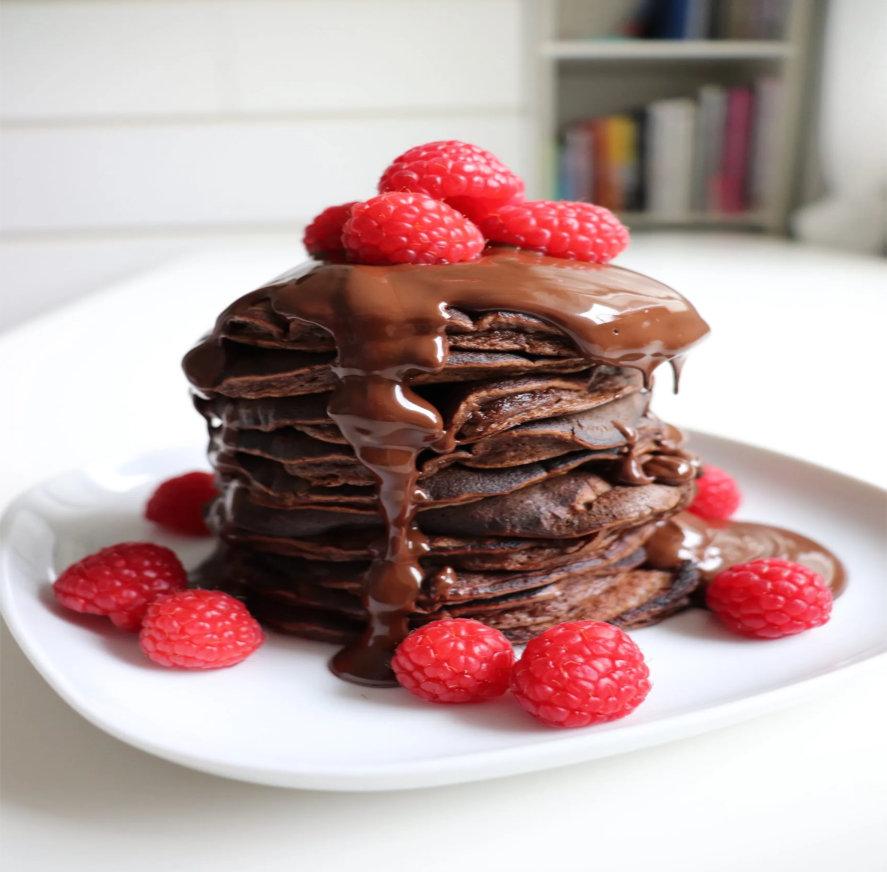
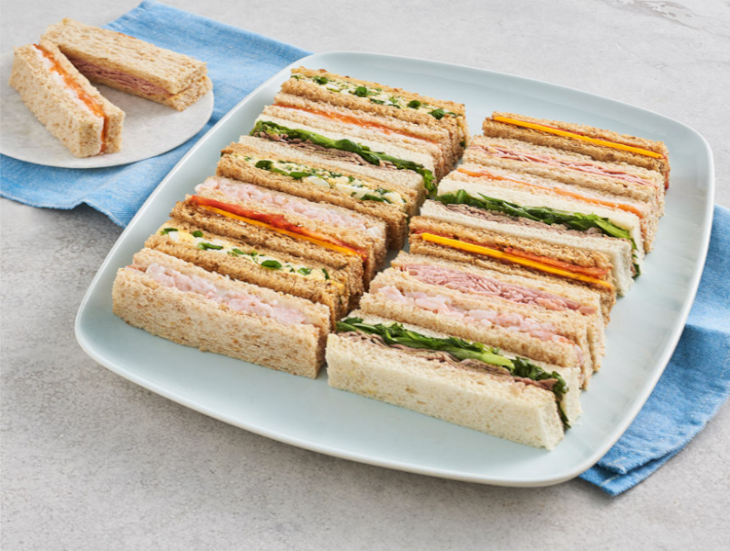



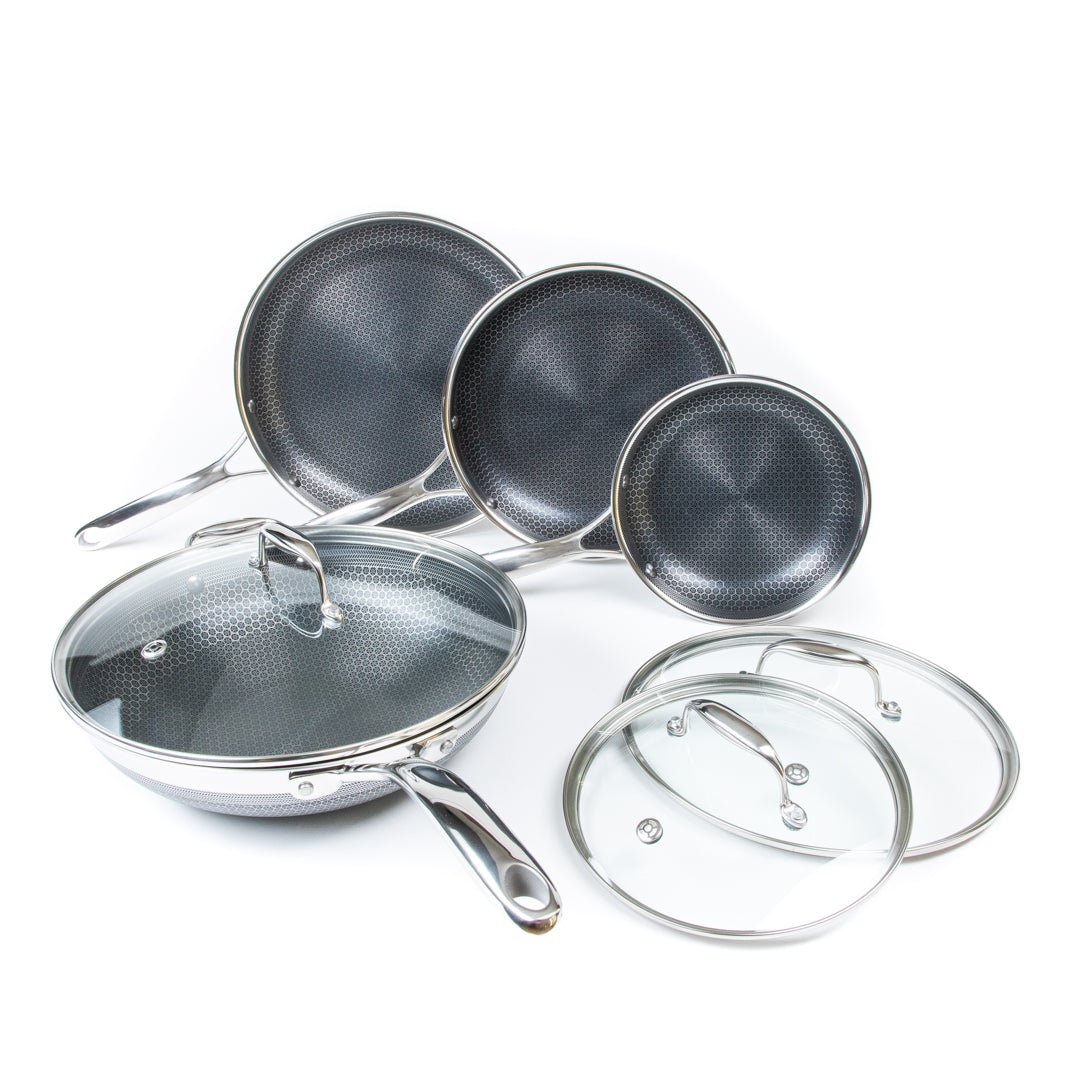


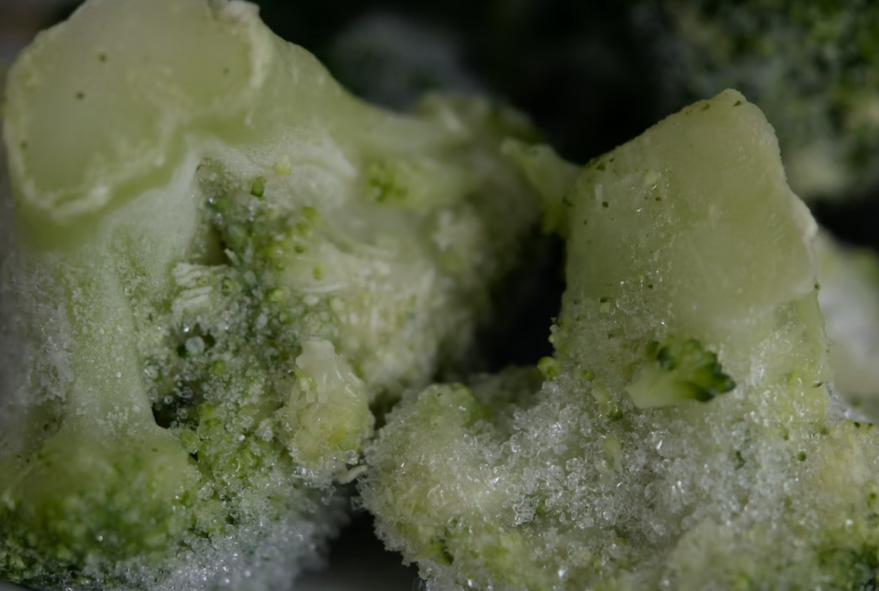
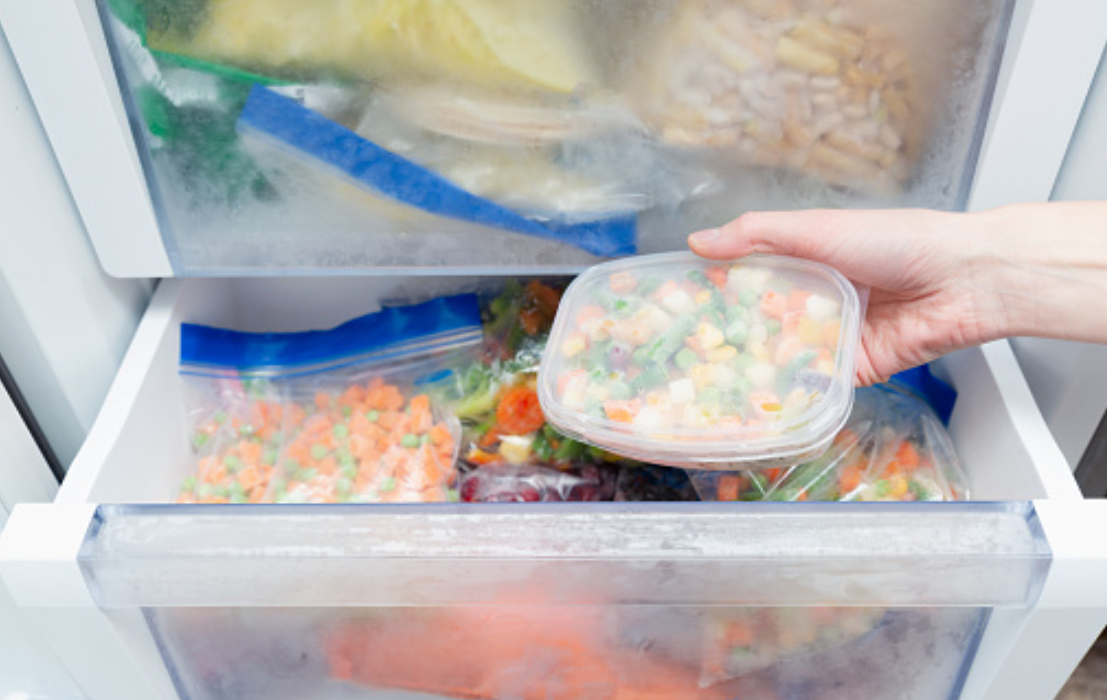
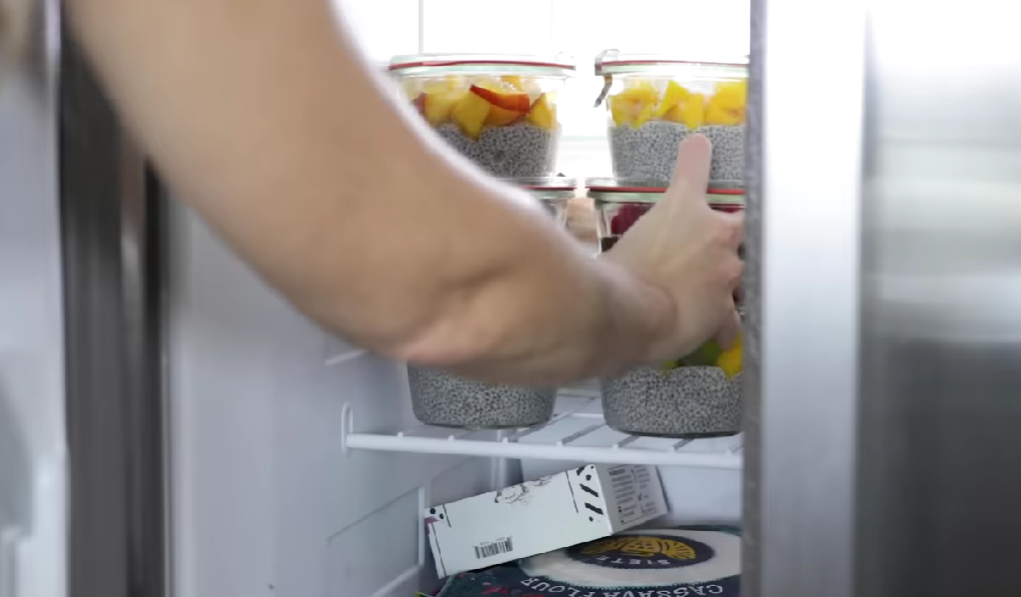

![Can you Cook Eggs in the Microwave? [Complete Guide]](/assets/images/c1f79d1cad59f18f9b5dc31403bd0eb2.png)

